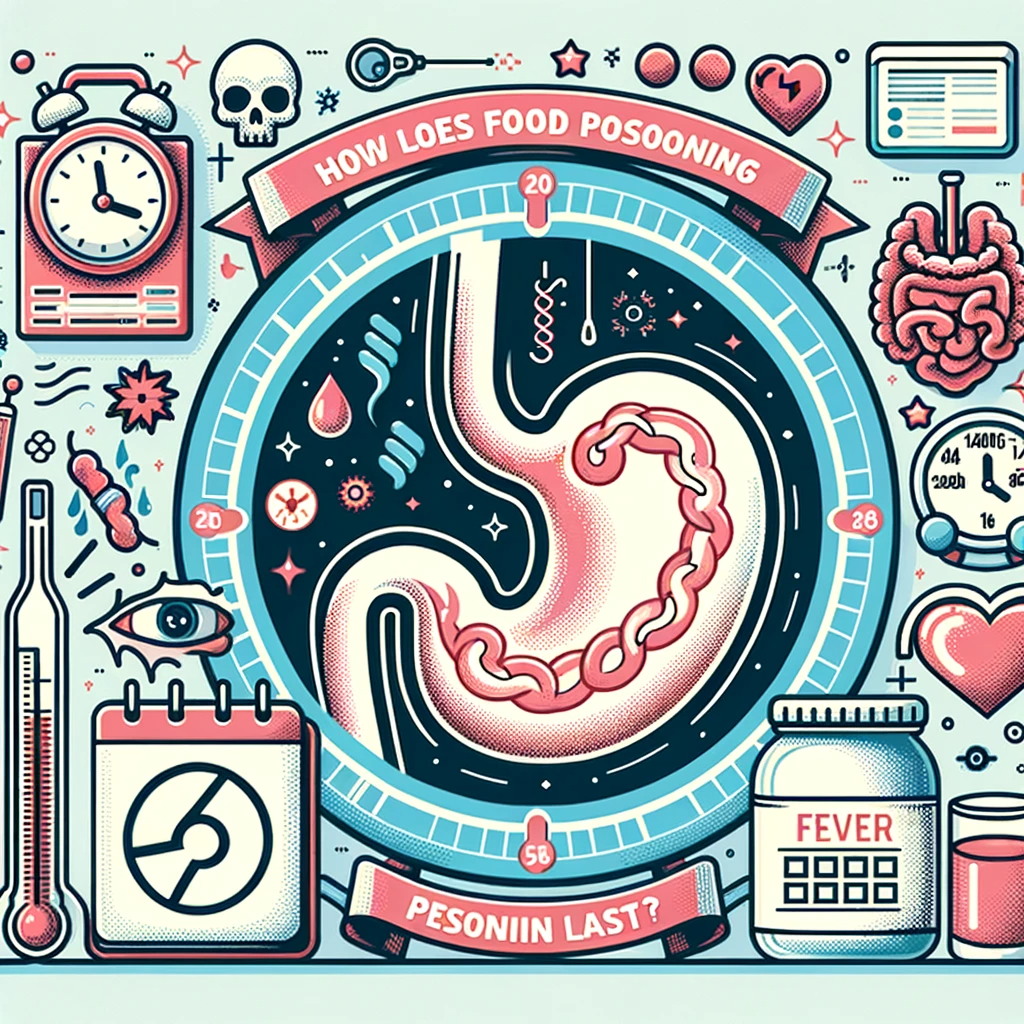Nutrition labels can be your best tool when it comes to making healthy food choices. They provide valuable information about what’s really in the foods you eat. But understanding all the terms and numbers can be confusing. Let’s break down the key components of a nutrition label to help you make informed food choices.
The Basics of a Nutrition Label
Nutrition labels are typically divided into several sections:
- Serving Size and Servings Per Container: This tells you the size of a single serving and how many servings are in the package. Always compare the serving size to how much you actually eat.
- Calories: The number of calories per serving is crucial for weight management. Remember, the number of servings you consume determines the number of calories you actually eat.
- Nutrients to Limit: These include saturated fat, trans fat, cholesterol, and sodium. Consuming too much of these can increase your risk of certain chronic diseases like heart disease, some cancers, or high blood pressure.
- Nutrients to Get Enough Of: Dietary fiber, vitamin D, calcium, iron, and potassium are nutrients that can improve your health and help reduce the risk of some diseases and conditions.
- Percent Daily Value (%DV): This shows how much a nutrient in a serving of the food contributes to a total daily diet. Use %DV to determine if a serving of food is high or low in a nutrient.
Tips for Using Nutrition Labels
- Compare and Choose: Use nutrition labels to compare different options. Choose products with lower amounts of saturated fat, trans fat, cholesterol, and sodium. Look for higher amounts of dietary fiber, vitamins, and minerals.
- Check the Ingredients List: Ingredients are listed by quantity, from highest to lowest amount. Look for products with whole-food ingredients and fewer added sugars and artificial additives.
- Be Aware of Sugar Content: Pay attention to added sugars. They can be listed under various names like corn syrup, sucrose, or dextrose.
- Understand Portion Sizes: Be mindful of how much you’re eating. What might seem like a small amount could actually be multiple servings.
Making Healthier Choices
By understanding nutrition labels, you can make healthier choices that align with your dietary needs and goals. It’s an empowering tool for managing your health, one meal at a time.
Remember, healthy eating isn’t about strict dietary limitations or staying unrealistically thin. It’s about feeling great, having more energy, and boosting your health.





